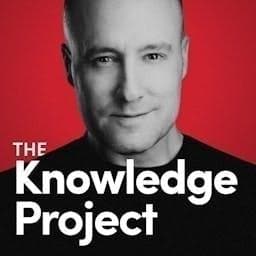In SuperAdaptability: How to Transcend in an Age of Overwhelm, Max McKeown argues that the key to thriving under uncertainty is adaptability—being able to change with your environment, again and again, getting better each time.
McKeown is a leading strategy thinker, coach to Fortune 100 companies, and an award-winning author. In his new book, he reveals how figures as different as Frida Kahlo, Leonardo da Vinci, and Simone Biles all relied on the same pattern of thinking to adapt to radically changing circumstances.
In his conversation with Adam Job, senior director at the BCG Henderson Institute, he discusses the difference between adaptability and resilience, and how to scale adaptability from one person to a team to an entire organization.
Key topics discussed:
01:14 | The power of adaptive intelligence
03:03 | Adaptability vs. resilience
05:15 | The RUN loop: Recognize, understand, necessary action
09:08 | How to help others become more adaptable
11:57 | How to make your company more adaptable
16:19 | Applying the loop logic to innovation
23:56 | Real life stories of adaptability
29:23 | Bringing adaptability to life with illustrations
Additional inspirations from Max McKeown:
- The Strategy Book: How to Think and Act Strategically to Deliver Outstanding Results (FT Publishing International, 2024)




































